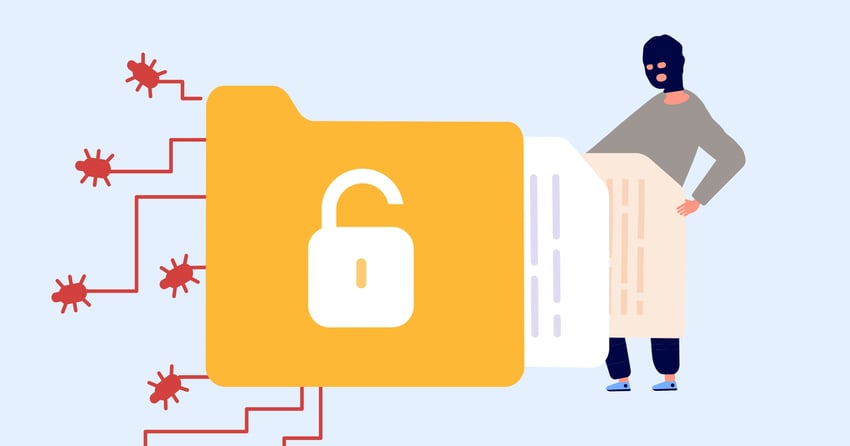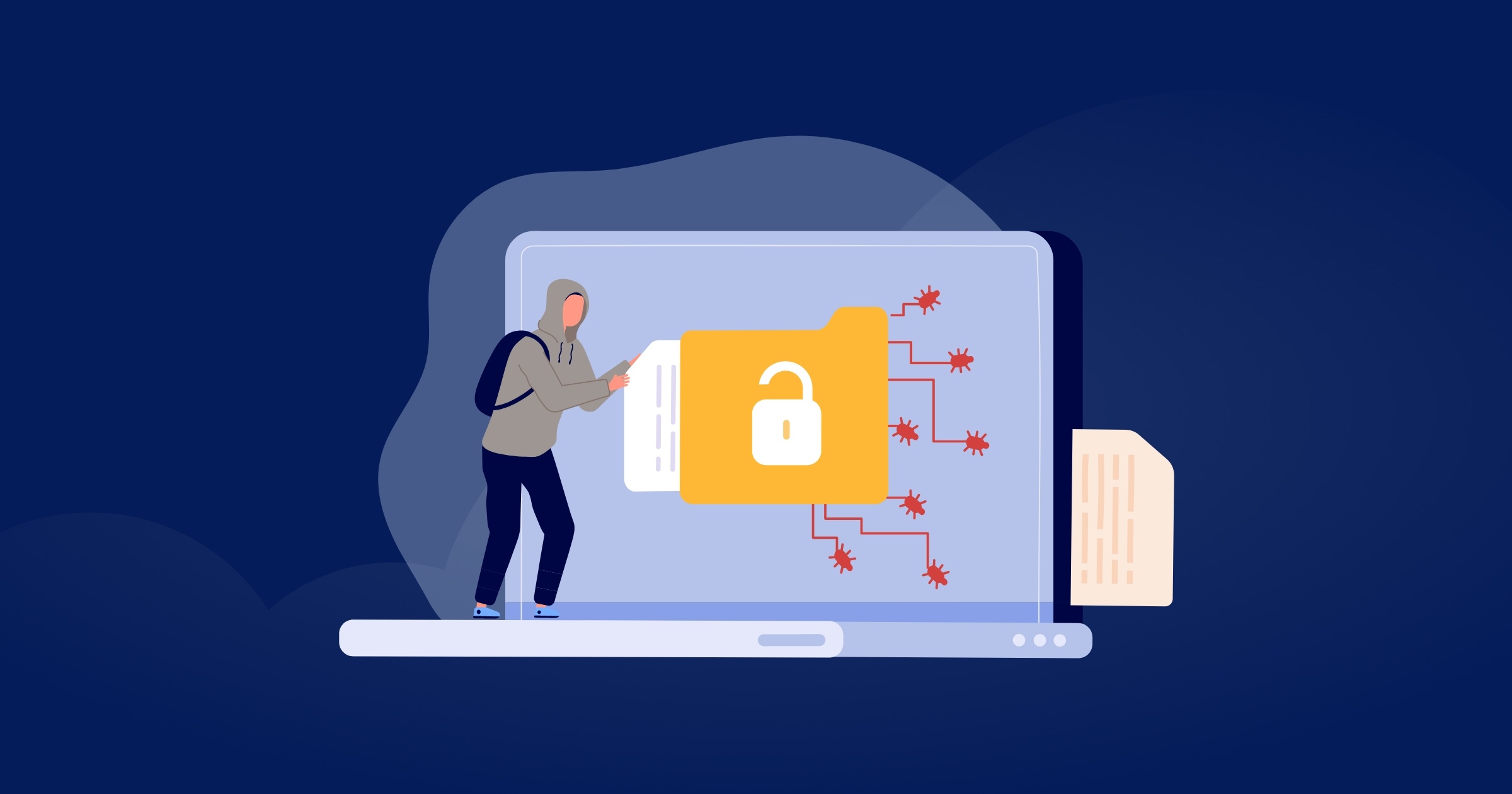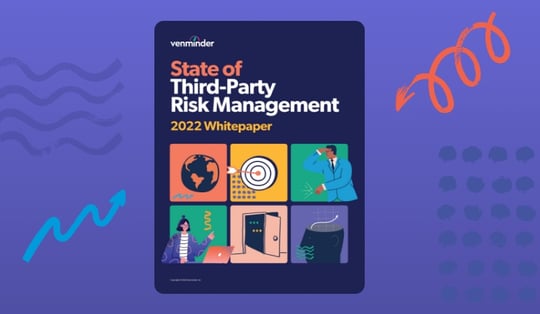In today’s threat landscape, where malicious actors continue to target vulnerabilities to steal sensitive data, learning how to mitigate third-party cybersecurity risks should be a top priority. In fact, Venminder’s State of Third-Party Risk Management 2022 Whitepaper found 74% of survey participants felt that cybersecurity is a top concern for their organizations.
When it comes to protecting your organization, it’s important to look beyond your own security measures and assess your vendors to determine whether their policies meet your standards and are sufficient to defend against new and evolving cyber threats, too. After all, a cybersecurity incident that impacts your third-party vendor can have severe implications for your organization.
The Pandemic and Its Effect on Cybersecurity
While it may feel like your day-to-day is returning to normal, the pandemic continues to leave lasting impacts on the industry. During the second half of the pandemic, nearly half of survey respondents reported experiencing a cybersecurity incident.
So, while many activities have returned to normal, the cyber risks caused by the pandemic continue to increase with the shift to hybrid work models, more sophisticated hacking methods, and more.

The Benefits of Third-Party Risk Management on Your Security Posture
Without a doubt, third-party risk management is essential to ensuring the safety of your organizations and customers’ sensitive data. When survey respondents were asked what their reasons were for performing third-party risk management activities, avoiding third-party cyber incidents was listed as the number two reason, topped only by regulatory requirements.
Given the uptick in news surrounding third-party data breaches over the past several years, this isn’t surprising. These incidents have highlighted the detrimental financial and reputational damages that can come from cyber incidents, and it’s more important than ever to understand the best ways to mitigate risk and to know that your data is in safe hands.
When it comes to cybersecurity, adequate third-party risk management programs can provide many benefits, such as:
- Evaluates and ensures that your vendors align to your cybersecurity program requirements.
- Provides key insights into exactly how and why your vendor accesses your data.
- Offers transparency into your vendor’s cybersecurity practices, so you can identify any vulnerabilities before an issue arises.
- Creates a line of defense to protect your data and security.
- Determines whether your vendor meets regulatory requirements, especially as legislators turn to update cybersecurity guidelines, such as notification policies.
In the face of mounting cybersecurity risks, third-party risk management will give you the peace of mind that your data is protected and that you can act before risk threaten your organization’s security.
Assessing Your Vendors for Cybersecurity Risk
However, implementing a third-party risk management program is only the beginning. Throughout the entire course of your vendor relationship, you should continue to perform robust due diligence and ongoing monitoring.
As the threat landscape continues to change and evolve, you’ll need to continually assess your vendor’s security posture, identify any gaps that may need to be addressed, and take the appropriate actions to mitigate any risks. When it comes to dealing with your vendors, especially those with access to your organization’s data or private network, you will need to remain vigilant and hold your vendors accountable.
When performing ongoing monitoring activities or vendor assessments, you should ask the right questions and collect documentation that will provide a full picture of your vendor’s security posture.
Here a few questions you can ask your vendors as part of a cybersecurity assessment:
- What security training and awareness education is required for the vendor’s employees?
- What is the vendor’s cybersecurity policy? How often is the policy updated to meet new regulatory requirements or address new threats?
- Does the vendor have a formal incident response plan?
- What protections are put in place to safeguard data in transit between the vendor and your organization as well as between the vendor and the end-user?
- Does the vendor use incident detection tools to identify any suspicious activity, such as firewalls and anti-malware products?
- What plans are in place to prevent vulnerabilities in the vendor’s security?
- How is data protected and backed up on the vendor’s servers? How and why is your data used or accessed by the vendor?
- How does the vendor assess their third parties (your fourth parties) for any weaknesses?
Cybersecurity continues to be a major concern for organizations across all sizes and industries, and a robust third-party risk management program is a must for maintaining a strong security posture that can protect your data and privacy from malicious actors. Even as hackers develop more sophisticated methods to infiltrate private networks and exploit vulnerabilities, your vendor risk management can help your organization stay a step ahead.












